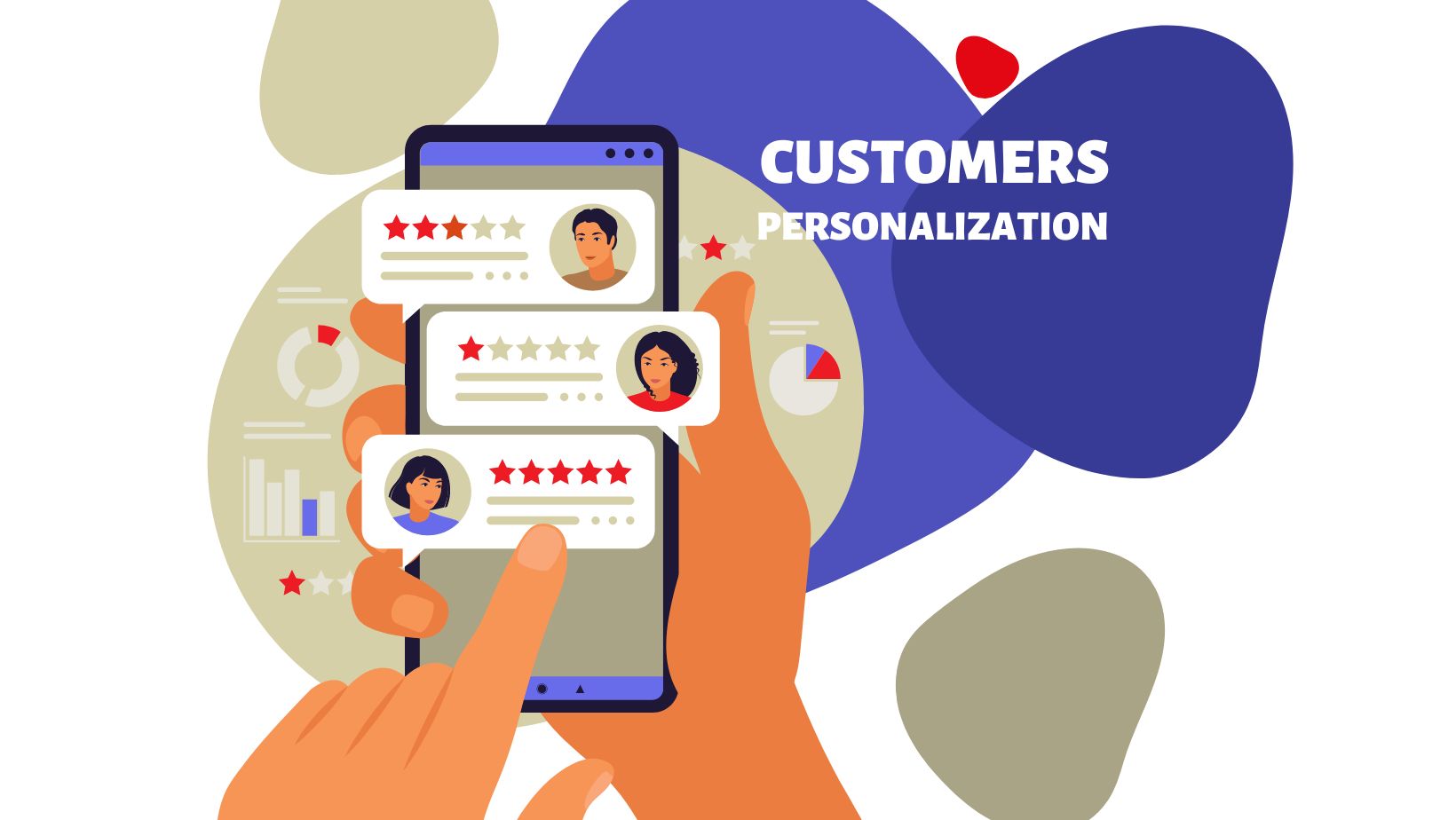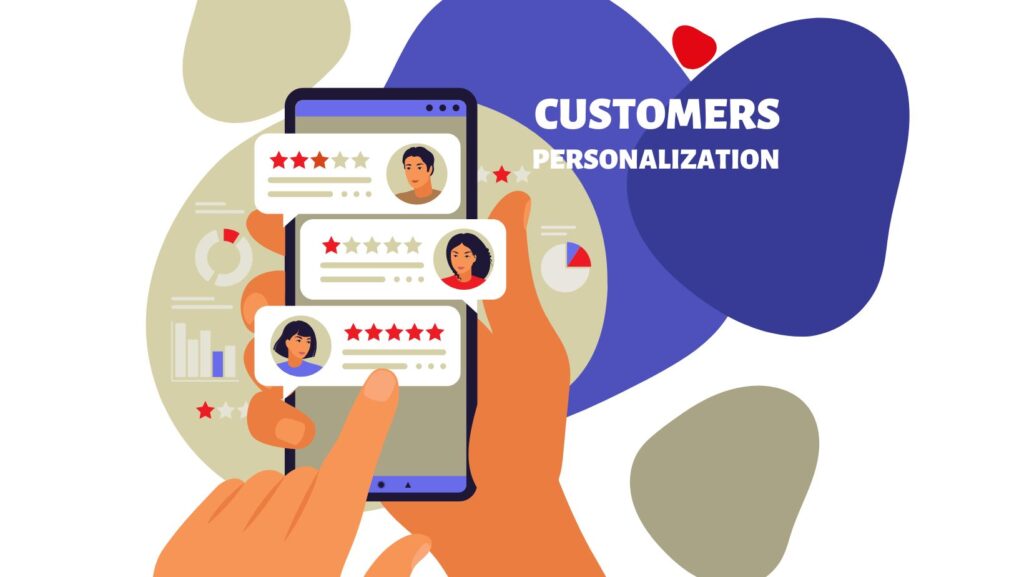Hyper Personalization


Hyper-personalization refers to a marketing strategy or approach that leverages data and advanced technologies to deliver highly tailored and personalized experiences to individual customers or users. It goes beyond traditional personalization by employing sophisticated algorithms and artificial intelligence (AI) to analyze vast amounts of data and create highly customized interactions and recommendations.
Hyper-personalization utilizes various sources of data, including demographic information, past purchase history, browsing behavior, social media activity, and other relevant data points. By analyzing this data, businesses can gain insights into each customer’s preferences, interests, and needs, enabling them to deliver highly relevant and personalized content, products, and services.
Here are some key aspects and techniques commonly associated with hyper-personalization:
- Data collection: Gathering and consolidating data from multiple sources, including online and offline interactions, customer profiles, social media, and IoT devices.
- Data analysis: Employing AI and machine learning algorithms to analyze collected data and identify patterns, trends, and individual preferences.
- Real-time personalization: Delivering customized experiences in real-time based on the user’s current context, such as location, time, and device.
- Dynamic content: Adapting and tailoring content, such as website pages, emails, advertisements, and product recommendations, to suit individual preferences and behaviors.
- Behavioral targeting: Using behavioral data to target specific segments of users with personalized marketing messages and offers.
- Predictive modeling: Utilizing predictive analytics to forecast future behaviors and needs, enabling proactive personalization.
- Omnichannel experience: Providing consistent and seamless personalized experiences across multiple channels, such as websites, mobile apps, social media, email, and offline touchpoints.
- Contextual marketing: Leveraging contextual information, such as weather, events, or user intent, to deliver personalized and relevant messages or offers.
The goal of hyper-personalization is to enhance customer engagement, satisfaction, and loyalty by delivering experiences that are highly tailored to each individual’s preferences and needs. By providing personalized recommendations, offers, and interactions, businesses can increase customer conversions, improve customer retention, and ultimately drive revenue growth.
It is important to note that while hyper-personalization can offer significant benefits, organizations must also be mindful of privacy concerns and ensure they handle customer data in a secure and ethical manner, adhering to relevant regulations and guidelines.
There are several vendors and companies that provide hyper-personalization solutions or services. Here are a few examples:
- Adobe Experience Cloud: Adobe offers a suite of marketing and customer experience solutions that enable hyper-personalization. Their platform combines data management, analytics, and AI-powered personalization capabilities to deliver tailored experiences across multiple channels.
- Salesforce Marketing Cloud: Salesforce provides a comprehensive marketing automation platform that includes personalization features. Their AI-powered Einstein technology helps businesses analyze customer data and deliver personalized content, recommendations, and offers.
- Optimizely (formerly Episerver): Optimizely is a digital experience platform that enables businesses to deliver personalized experiences across various touchpoints. Their solution combines content management, AI-driven recommendations, and A/B testing to optimize user experiences.
- Dynamic Yield: Dynamic Yield is a personalization platform that uses AI and machine learning algorithms to deliver real-time, personalized experiences. Their platform helps businesses tailor content, product recommendations, and offers based on user behavior and preferences.
- Evergage: Evergage offers a real-time personalization platform that helps businesses deliver individualized experiences across channels. Their solution combines behavioral tracking, segmentation, and predictive analytics to create highly relevant and timely interactions.
- RichRelevance: RichRelevance specializes in delivering personalized product recommendations and experiences for e-commerce businesses. Their solution utilizes AI algorithms to analyze customer behavior and deliver personalized recommendations, search results, and content.
- Qubit: Qubit is a personalization platform that enables businesses to deliver targeted experiences through AI-driven segmentation, A/B testing, and behavioral tracking. Their solution helps optimize customer journeys and increase engagement.
- Certona: Certona provides an AI-driven personalization platform for e-commerce businesses. Their solution combines real-time data analysis, machine learning, and predictive modeling to deliver personalized product recommendations and experiences.
These are just a few examples of vendors in the hyper-personalization space. It’s worth noting that the field is constantly evolving, and new vendors and technologies may emerge over time. When considering a hyper-personalization solution, it’s important to evaluate vendors based on your specific business needs, budget, and integration requirements.
Hyper-personalization offers several benefits for businesses, but it also comes with its own set of challenges and considerations. Let’s explore the pros and cons:
Pros of Hyper-personalization:
- Enhanced Customer Experience: Hyper-personalization allows businesses to deliver highly relevant and tailored experiences to individual customers. By understanding their preferences and needs, businesses can provide personalized recommendations, content, and offers, leading to improved customer satisfaction and engagement.
- Increased Conversions and Sales: By delivering personalized and targeted messages, hyper-personalization can significantly increase conversion rates. When customers receive recommendations or offers that align with their interests and preferences, they are more likely to make a purchase, leading to increased sales and revenue.
- Improved Customer Loyalty and Retention: Personalized experiences foster a sense of loyalty and connection with customers. When businesses understand and cater to their individual needs, customers are more likely to remain loyal and continue their relationship with the brand, resulting in improved customer retention.
- Higher Customer Lifetime Value: Hyper-personalization allows businesses to build stronger and long-lasting relationships with customers. By consistently delivering personalized experiences and nurturing customer engagement, businesses can increase the lifetime value of their customers, leading to higher revenue over time.
- Competitive Advantage: In today’s highly competitive market, hyper-personalization can set businesses apart from their competitors. The ability to offer tailored experiences and personalized recommendations can attract new customers and differentiate the brand from others in the industry.
Cons of Hyper-personalization:
- Privacy Concerns: Collecting and analyzing vast amounts of customer data raises privacy concerns. Businesses must ensure they handle customer data in a secure and ethical manner, complying with relevant regulations and maintaining transparency about data usage and storage.
- Data Accuracy and Quality: Hyper-personalization relies heavily on accurate and high-quality data. Inaccurate or incomplete data can lead to incorrect personalization, which may frustrate customers and negatively impact their experience. Maintaining data accuracy and quality requires ongoing data management and validation processes.
- Implementation Complexity: Implementing a hyper-personalization strategy can be complex and resource-intensive. It requires robust data infrastructure, advanced analytics capabilities, and integration with various systems and touchpoints. Businesses need to invest in technology, expertise, and ongoing maintenance to effectively execute hyper-personalization initiatives.
- Algorithm Bias and Fairness: AI algorithms used in hyper-personalization may introduce bias if they are not properly designed or trained. Bias can result in unfair or discriminatory treatment of certain customer groups. It is crucial for businesses to ensure fairness and mitigate bias in their personalization algorithms.
- Customer Overwhelm and Intrusion: While personalization can enhance the customer experience, there is a risk of overwhelming customers with excessive personalization. Bombarding customers with constant recommendations or invasive targeting can lead to a sense of intrusion and alienation. Businesses need to strike a balance and respect customer preferences and boundaries.
- Cost and ROI Considerations: Hyper-personalization initiatives require investments in technology, data infrastructure, and skilled personnel. It is essential to carefully evaluate the costs and expected return on investment (ROI) to ensure that the benefits of hyper-personalization outweigh the associated expenses.
It is important for businesses to weigh these pros and cons and consider their specific industry, target audience, and capabilities before implementing a hyper-personalization strategy. Striking the right balance between personalization and privacy, while delivering value to customers, is key to successful implementation.

